How To Finish The SAT In Time
Every year, countless students don’t finish the SAT in time. While time will always be an issue on the exam—keeping up your pace is one of its primary challenges—there are plenty of things you can do to lessen the time crunch. I’ve drawn up a list of them for you here.
If you want to beat the clock on exam day, take a bunch of practice tests beforehand, wear a wristwatch, and skip over questions you can’t answer. In addition, be sure to write stuff down, and bubble in your Scantron one page at a time.
More details and additional tips below. For some expert help with the exam, consider taking an SAT prep course with Prep Expert.
[sat_one]

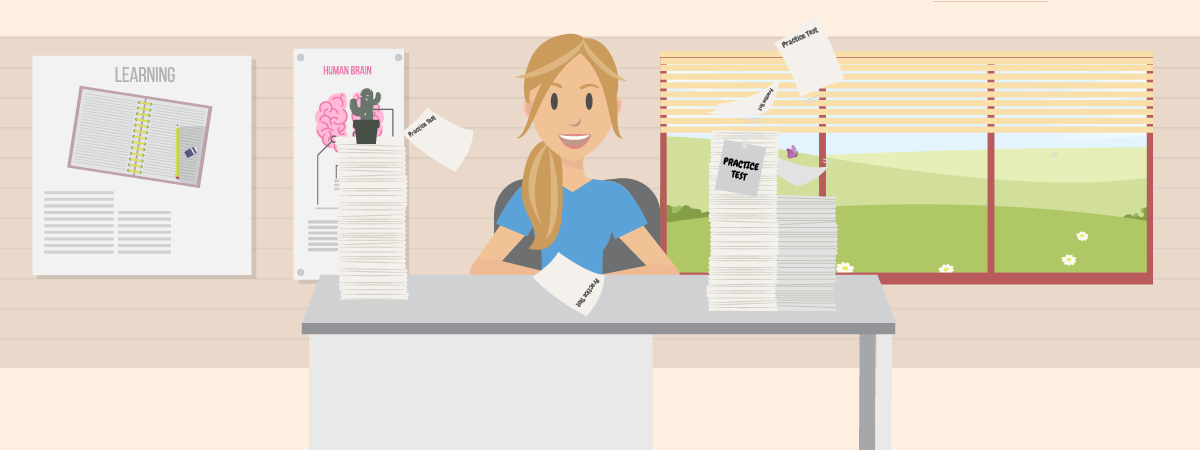
Take Lots Of Practice Tests Before Exam Day
The more practice tests you take, the more familiar you’ll be with the exam—and better able to answer questions with speed and accuracy.
Taking the SAT is like running a marathon—it requires lots of training and practice. Just as you wouldn’t try to run a marathon without any training, you shouldn’t expect to do your best on the SAT without completing plenty of practice tests beforehand.
Not only will practice tests help you spot your weaknesses on content and question types, but it will also teach you how to pace yourself, and maintain the necessary speed to finish on time when taking the real thing.
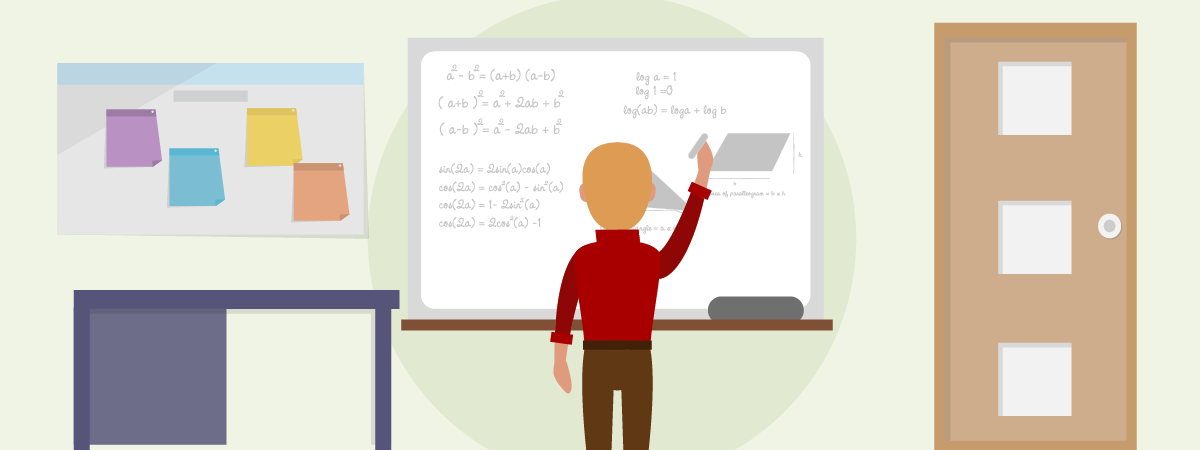
Have Important Math Equations & Formulas Memorized
If you memorize the most important Math equations and formulas ahead of time, you’ll perform with greater confidence, and save yourself time flipping back and forth between pages.
Although the SAT provides you with equations and formulas for things like area and volume at the beginning of each Math test, you’ll save yourself considerable amounts of time if you have them memorized—no need to flip through the pages again and again.
[leadmagnet_five]
In addition, having things like the Pythagorean theorem and the quadratic formula committed to memory will leave you feeling more confident, and thus more able to solve problems with speed, accuracy, and ease.
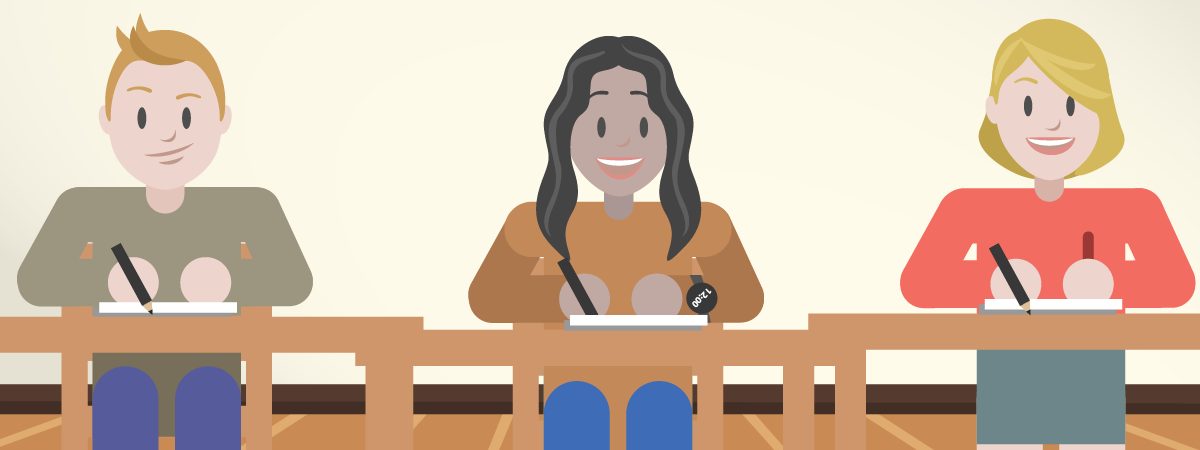
Wear A Wristwatch On Exam Day
Wearing a wristwatch will help you pace yourself and keep track of your progress.
In order to finish on time, you need to be able to time yourself! Your various electronic devices won’t be allowed in the test center, so if you don’t already have one, go out and purchase a simple wristwatch. You don’t need one with any fancy bells or whistles.
While the test center will have some sort of clock on the wall, and your proctor will make the occasional time announcement, to truly to measure and track your progress and make sure you are maintaining the proper pace, it will be enormously helpful to have a wristwatch.
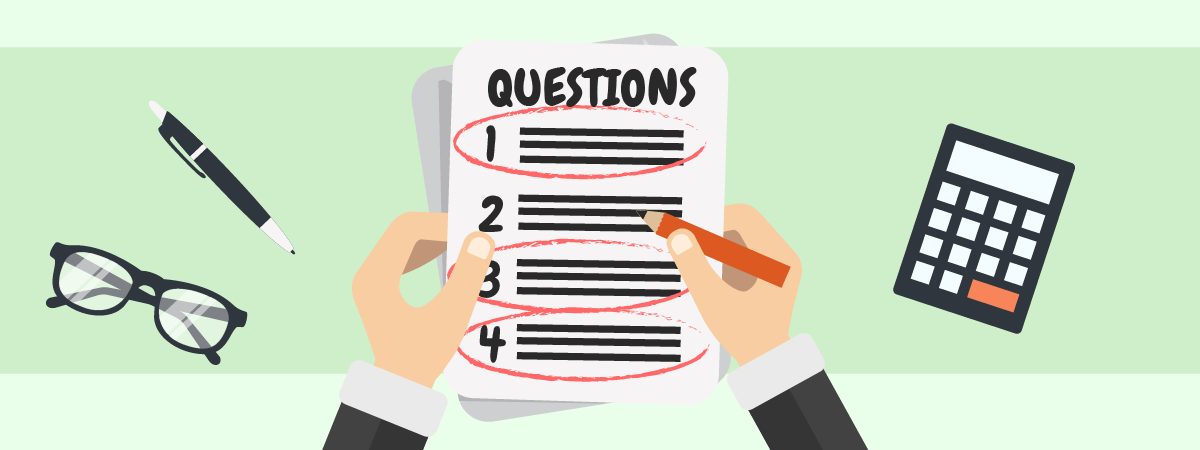
Skip Over The Questions You Can’t Answer
Don’t spend more than ten seconds on a question without making any progress—circle it, and come back to it later if you have time.
There’s no point in throwing away time on a problem you can’t solve at the expense of having time to solve those you can. Plus, if you let your subconscious work on the trouble question while answering others, by the time you return to it, there’s a good chance you will have worked out the solution, without sacrificing precious seconds scratching your head or having a mini-anxiety attack.
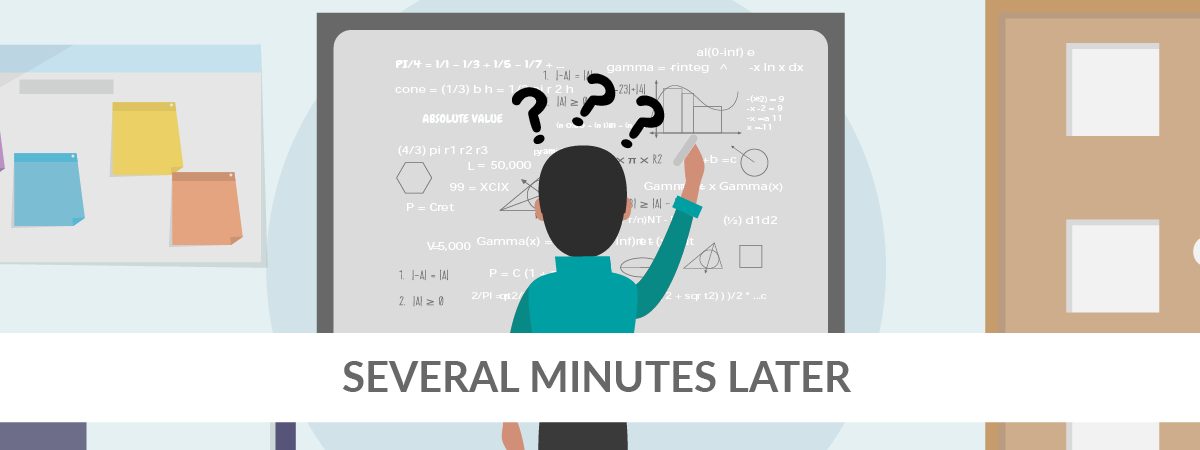
Budget Your Time Wisely On The Math Tests
On the Math tests, accuracy is more important than speed. You’ll earn more points taking the time to answer the easier questions correctly than you will from rushing to finish the test and making lots of simple mistakes.
Although Math test questions get more difficult the further you go, all the questions are worth the same number of points. I have seen countless students rush to finish the Math tests in time, making too many simple mistakes, and getting lots of problems wrong, at the beginning of the test. Then, when they get to the tougher questions, they don’t know how to correctly answer them.
A better approach is to budget for yourself all the time you need to answer the first two-thirds of the problems correctly, and then use the remaining time to answer the more challenging questions. Because each question is worth the same number of points, this approach will help you utilize your time most efficiently, and maximize your score, whether you finish the section in time or not.

Complete Reading Passages In The Order Of Your Strength
Do the passages you’re best at first to prioritize your time and keep your interest level up.
Many students report getting bored or having a hard time slogging through all of the Reading passages. One way to mitigate this is by reading the passages in the order of your strength. If you find the Natural Science passage the most interesting, flip ahead at the start of the test and do this passage first.
[sat_two]
If Social Science is your next-best passage, do that next, and so on. Keeping your interest up helps you read more quickly, so there’s no reason to complete the passages in the order they’re presented. Just make sure that when you bubble in your Scantron sheet, you put your answers in the right place.
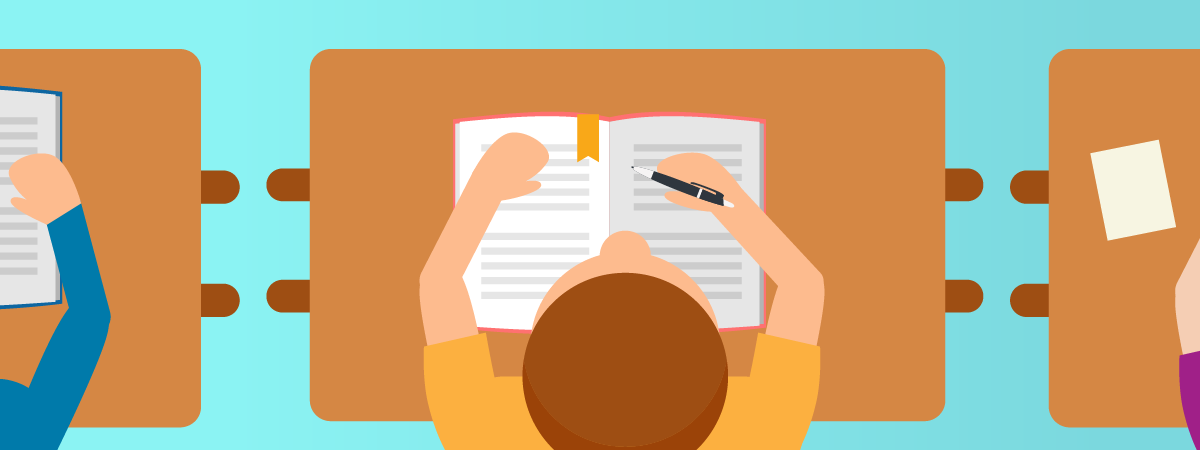
Skim Reading Passages To Save Time
If you’re unable to finish the Reading test in time, skim the passages to give yourself a good idea of what they say, without having to read them in their entirety.
By far, the most troublesome section of the exam, time-wise, is the Reading section. You’ll have 65 minutes to answer nearly as many questions, in addition to reading six five-to-six-paragraph passages. Unless you’re an exceptionally fast or advanced reader, this is likely to prove very challenging.
One way to mitigate the time crunch is to learn how to skim. The best way to do this is to read the first and last paragraphs of the passages in full, in order to get the thesis or main idea of the piece. Then, read the first sentence of each body paragraph—the topic sentences—to get an idea of the evidence or reasoning being used to support the main idea.
While it’s definitely ideal to read the whole passage in full, skimming is the next best thing, to get a basic impression of the passage, while keeping a good pace to finish the test on time.
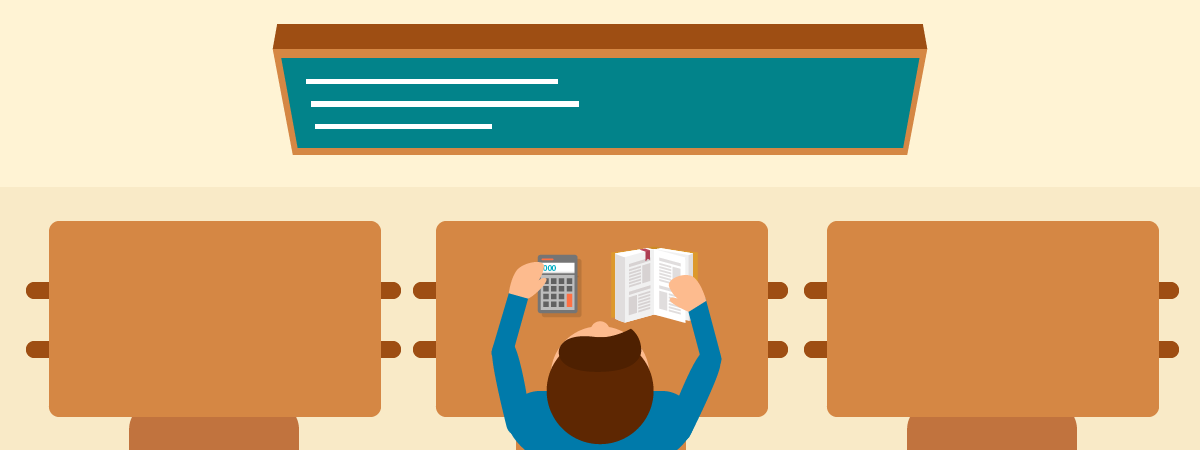
Read Writing Test Passages One Paragraph At A Time
On the Writing & Language test, read paragraphs in full, and then answer the questions within, to save yourself time re-reading and puzzling out answers.
On the Writing & Language test, most students start reading a passage and then answer each question as it comes up. A more time-efficient way to approach this test is to read one paragraph at a time, and then answer the associated questions.
This is because some of the questions require you to know the main idea of a paragraph before you answer. Also, it’s easier to spot issues like redundancies or tone shifts when you’ve read the entire paragraph, rather than just the one or two sentences within the underlined portions.
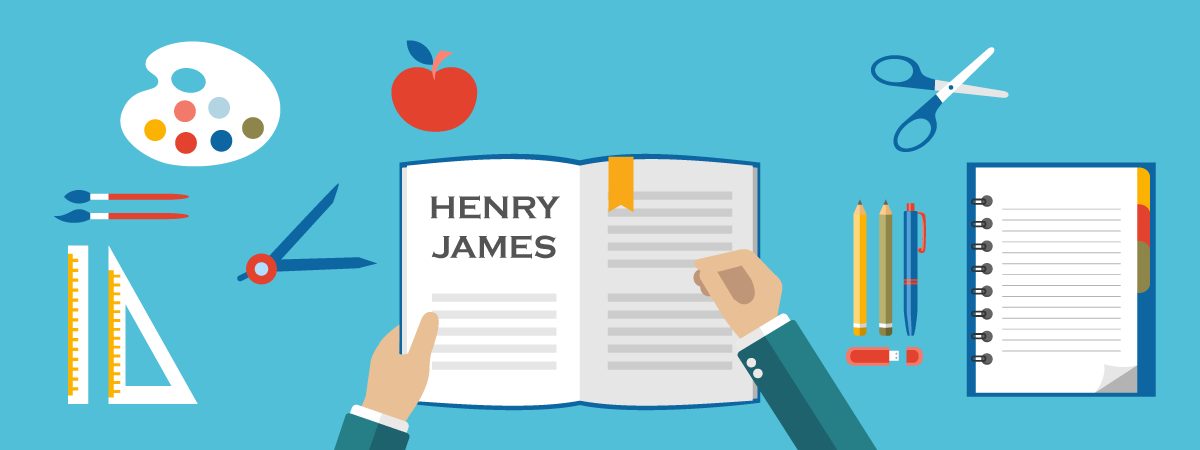
Take Notes As You Read
If done well, note-taking can help improve your understanding of the passage you’re reading and save you from spending time re-reading, too.
It may seem counterintuitive to add another task to your plate during an already breakneck-paced Reading test, but correct note-taking can actually save you time. How often do you find yourself reading a passage, then getting to the questions and needing to re-read significant chunks of the passage to find the answers? This isn’t surprising—our short-term memories can hold only a very small amount of information, and they’re incredibly taxed during the Reading test.
If you write down one sentence describing the main idea of a passage and three to four words per body paragraph describing what that particular paragraph is about, you’ll have a handy ‘table of contents,’ pointing you directly to the information you need, by the time you start answering questions. This way, you won’t have to spend a bunch of time re-reading to find the information you’re looking for.
In addition to saving you time on the back end, note-taking will improve your overall understanding of the passage, too, also lessening your need to re-read. Simply underlining parts of the passage isn’t nearly as useful as note-taking. You’ll either underline too much, thus rendering all of your underlining useless, or forget the reason you’ve underlined something. If you’re going to underline, do it along with note-taking.

Write Out Your Math Problem-Solving & Use Your Calculator Last
On the Math tests, use your calculator, but be sure to write everything out step-by-step, to prevent time-consuming mistakes and give yourself a record of your work to check.
Yes, your calculator is a time-saving device. However, if you don’t write out your problem-solving steps on paper, then you’re relying upon your short-term memory for holding figures and the next steps in your head. And your short-term memory is not good!
In order to make sure you don’t leave out a step or forget a decimal place, have all your work written out legibly, and in order. Not only will this allow you to go back and check your work if you finish the tests with extra time, but it will also prevent you from making time-consuming mistakes that require you to go back to step one to solve the problem correctly.

Bubble In One Scantron Page At A Time
Answering a full page of questions, and then bubbling in the Scantron, saves precious minutes spent flipping back and forth between the test booklet and your answer sheet.
This practice will save you a few seconds here and there, adding up to precious minutes by the time you’ve reached the end of the exam. You’ll need to be careful that you don’t bubble out of order, but by limiting the amount of moving back and forth between the exam booklet and the Scantron, you’ll bank yourself more time for answering questions.
[sat_three]
For more test strategy, college admissions, and scholarship application tips sign up for our FREE class happening right now!
Written by Dr. Shaan Patel MD MBA
Prep Expert Founder & CEO
Shark Tank Winner, Perfect SAT Scorer, Dermatologist, & #1 Bestselling AuthorMore from Dr. Shaan Patel MD MBA

Which AP Classes Should I Take For Engineering?
Today’s high school students have more options than ever before when it comes to class choice. From IB to AP…
How Winning a $20,000 Merit-Based Scholarship Changed My Life—and Why America Needs More Meritocracy
As a teenager growing up in my parents’ small budget motel in inner-city Las Vegas, I learned first-hand the power…

Historical SAT Percentiles: Understanding Trends from 2016 to Today
One of the most important things to understand about the SAT is that it doesn’t just give schools an additional…